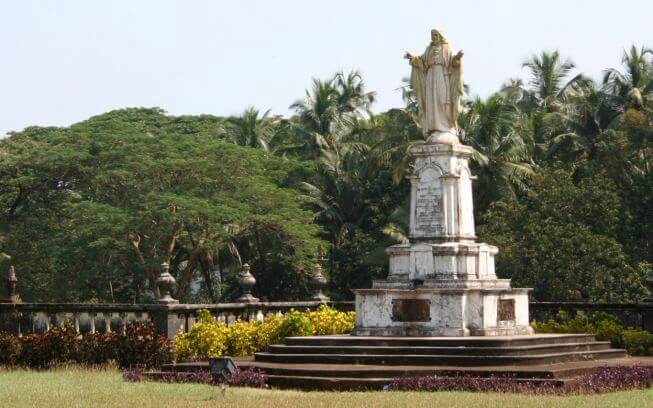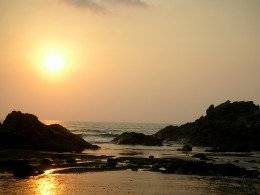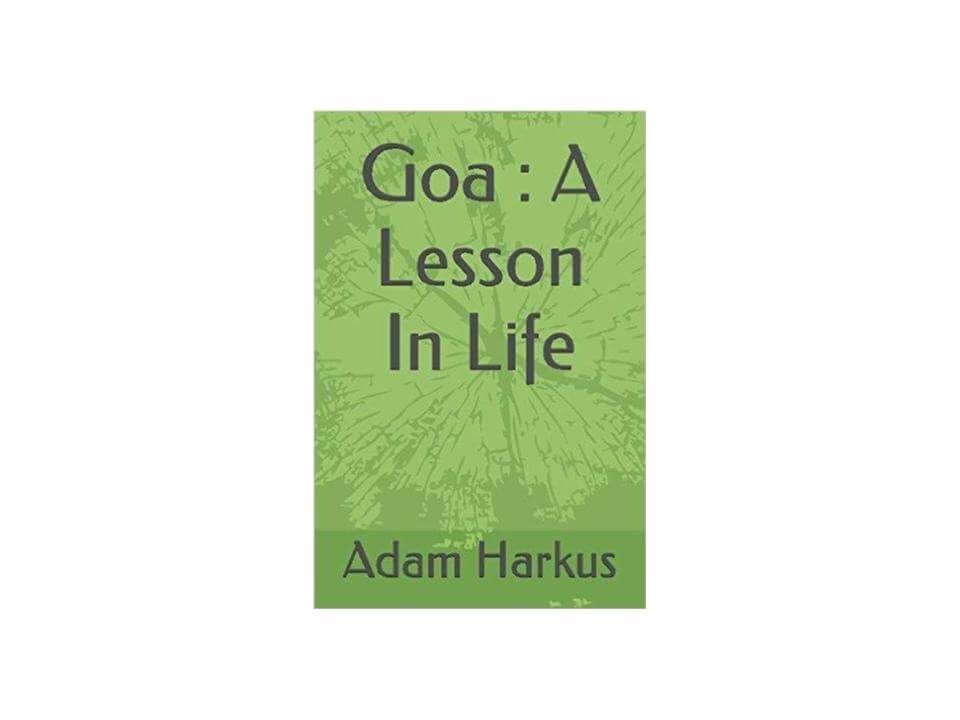My penultimate day in Goa began with the familiar melancholy of leaving something you love behind. I looked around my makeshift setup with the cold reality that this time tomorrow I’d be packing up and this would no longer be home, the desk in the corner reclaimed by my rodent friend as if I’d never been here at all. It was a feeling I didn’t really want to shake, as it focused my mind to ring every last drop from the place, to appreciate and to enjoy.
I took the bus to Mapusa one last time, I’d even miss this most underwhelming of places I thought as I swan-necked the crowd looking for the stand to Old Goa. Time was passing too quickly, as, without delay, the connecting bus rolled into position. Like Vagator and Chapora the day before, I hadn’t briefed myself at all about my destination, and as predictable as ever, I was in for a surprise.
The one nagging aspect of Goa which I couldn’t get used to was the general shabbiness of the place. Most buildings were in a horrendous state of disrepair, some of them barely standing, roads were cracked and heavily pot-holed, with pavements being a rarity. It was an untidy, smelly, slap-dash mess which really got to you at times, and made you crave the glass and chrome modernity of home. Old Goa, as it happens, was the exception to the rule.
As the coach neared it’s destination there were smooth roads, lined by well kept gardens. cool minimalism compared to the boiling pot of Calangute. This was a very religious place dominated by impressive churches and statues, none of which really fired my imagination. Maybe I’d been spoilt with the architecture back home. Regardless, I explored the first building, the enormous Basilica of Bom Jesus and was immediately thrown out for toting a camera. As it happens I lost most of my photos anyway, thanks to the demise of Bebo.
In an adjacent building, I happened upon a museum of all the usual artifacts you’d expect to see in a similar establishment the world over. One section though, was a protest against the commercialism of Calangute in a (mostly black and white) photographic gallery format. As I studied each picture in turn, a shiny new Subway (the sandwich franchise) with the slogan “Progress?” sticks in the memory, but many others showed the decimation of the original beautiful Calangute into collection of hotels, bars and restaurants it is today. I took a moment to pause. The overall impression I got was that, amongst the people at least, commercialism wasn’t welcome, something imposed on them by a hated totalitarian government. But what about the boy in Coffee Day? or at the SeaRock ? or at the Crumbland gig? they all seemed so optimistic about the future, they embraced it. One thing’s for sure, as I left the museum I really wasn’t sure if I was welcome here or not.
Just opposite,the ominous Sacred Heart of Jesus peered down at me, casting a calming shadow. It was a dull, overcast sort of day, made even more gloomy by his expression. Old Goa was a bastion of Christianity, and although the images I’d just seen didn’t seem to represent those values I felt comforted that, here at least, we were all under one God.
Over the road by the tourist information and coach stop was a another attraction of sorts. I had time to kill so I ventured in to hurriedly catch the tail end of a group of tourists on some sort of light-hearted, guided tour on the history of Jesus himself. This was, in essence, a nativity play of corridors and tacky displays ,complete with inns, stables, wise-men etc etc, hilariously culminating in an image of the man himself dramatically beamed by projector onto the wall above us. To wide-eyed gasps from audience, I recognized the image as Robert Powell in his 1977 role as Jesus of Nazareth, sniggering under my breath. I don’t think anyone else got the joke.




Beautiful narration… Goa is beautiful…
Thank you!